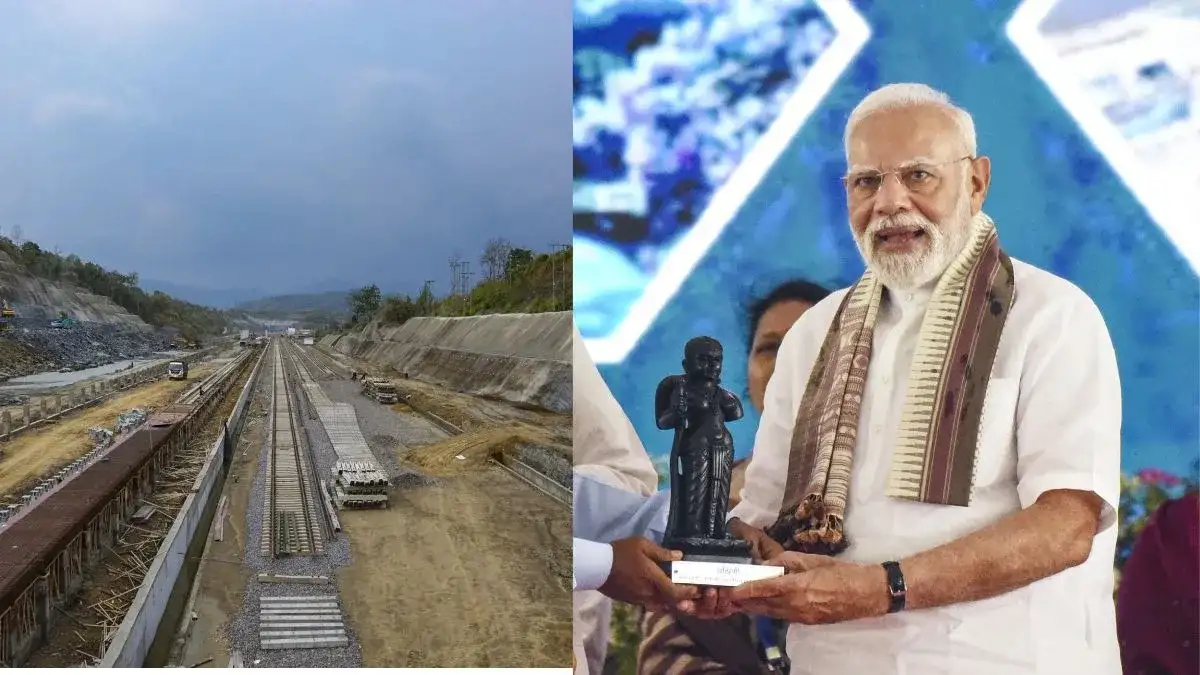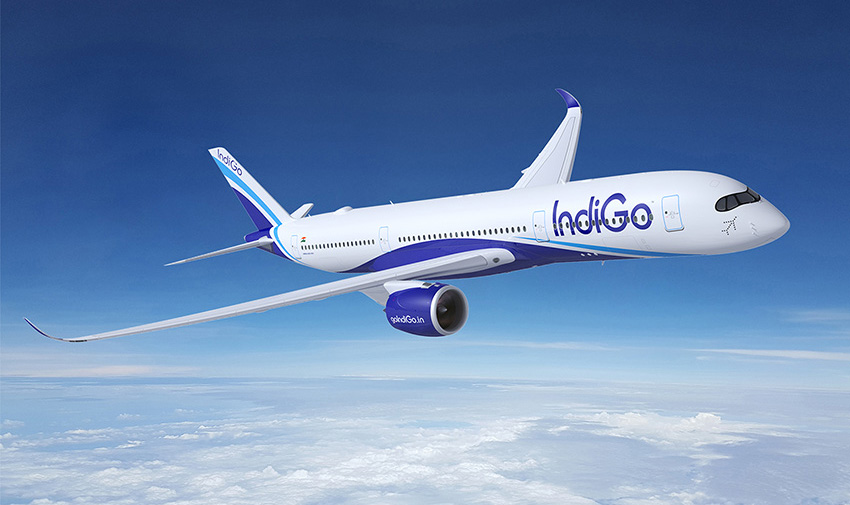Now Reading: PM Modi to Inaugurate Mizoram’s First Railway Line: A New Era of Connectivity
-
01
PM Modi to Inaugurate Mizoram’s First Railway Line: A New Era of Connectivity
PM Modi to Inaugurate Mizoram’s First Railway Line: A New Era of Connectivity

Prime Minister Narendra Modi is set to inaugurate Mizoram’s first railway line, the Bairabi–Sairang corridor, marking a milestone in the state’s transport and infrastructure development. For Mizoram, which has long depended on road connectivity through challenging terrain, the new rail link promises faster, safer, and more reliable movement of goods and people. The project also strengthens India’s larger vision of improving connectivity in the Northeast.
The Project at a Glance
The Bairabi–Sairang railway line is expected to transform travel and trade in Mizoram. Once operational, it will connect the state capital, Aizawl, to the national rail network, reducing travel time and logistics costs. The line includes multiple tunnels and bridges, showcasing the engineering efforts needed to bring railways to a hilly region like Mizoram.
Why It Matters for Mizoram
For decades, Mizoram has struggled with limited connectivity due to its difficult landscape. This railway link provides an alternative to long road journeys, improving access to essential goods, healthcare, and education. It will also boost opportunities for farmers, small businesses, and local industries, allowing them to connect to larger markets across India.
Impact on Tier-2 and Tier-3 Cities
The benefits of this project are not limited to Mizoram alone. Better connectivity in the Northeast strengthens trade links with Tier-2 and Tier-3 cities in Assam, Tripura, and beyond. It supports regional tourism, as travelers from smaller Indian cities gain easier access to Mizoram’s culture and landscapes. The project also fits into India’s Act East Policy, strengthening ties with neighboring countries.
Conclusion
The inauguration of Mizoram’s first railway line is more than just an infrastructure project—it is a symbol of integration and progress for the Northeast. As trains begin to run through the Bairabi–Sairang corridor, everyday life in Mizoram is set to become more connected, opening doors to economic growth and social development. For the people of the region, it marks the start of a new journey toward inclusion in India’s expanding rail map.

























